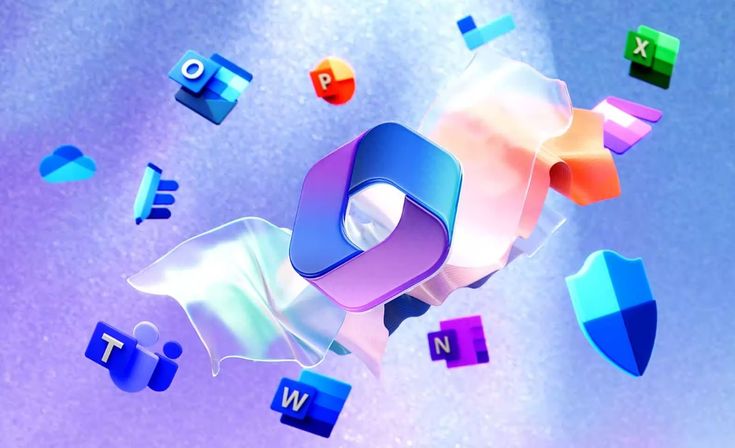
“Bawal ang tamad.” In English, it means laziness is not allowed. The idea has been used and quoted in a variety of ways among Filipinos, but what does it mean in terms of the modern workplace? Does going to the office every day and working an 8-5 mean not being lazy? Does working at home with flexible hours mean that one is putting in less effort and is being less productive?
The work-from-home (WFH) or remote setup existed even before the COVID-19 pandemic, but COVID-19 was the event that introduced the WFH concept to many businesses worldwide. Due to the requirement of social distancing and being quarantined in their own homes, businesses had to decide how to keep the business running while following COVID-19 protocols. The decision made by businesses paved the way for talks on fully transitioning on-site work setups to either hybrid or fully WFH.
On-site setup had been the standard pre-pandemic, mainly because of the lack of technological readiness and that it has been a tried-and-tested setup. By going to the office, employees can communicate and collaborate more conveniently. They can give their 100% attention to their tasks while the management can be confident that employees are not doing things in violation of contracts signed by both parties. Feedback and assistance can be given more humanely, and resources can easily be requested and accessed.
Aside from the operational costs of having an office, the main problem with on-site setup is the travel from home to the office. An article from ABS-CBN News states that Metro Manila topped the list of metro areas with the worst traffic in 2023. 2023 is not more than 5 years post-COVID, and businesses are still in transition from being WFH to going back to hybrid or on-site, yet the Philippines’ metro area topped the list among 387 cities. COVID-19 also brought to light the health risks of going to the office wherein some employees may not be honest with their health condition.

With the advancement of technology, WFH has become a qualified alternative to on-site setup. Working inside the four corners of one’s home removes the issue of traveling for around 4 hours a day to go to and from the office in addition to reducing the operational costs of maintaining an office. With reputable enterprises such as Microsoft, Google and AWS offering their versions of Software as a Service (SaaS), WFH has become more attainable than ever. Microsoft in particular offers applications that can match the benefits that on-site setup provides: Outlook and Teams for communication, and Office and SharePoint for collaboration. On top of that, Azure Virtual Desktop (AVD) makes it possible for employees to have access to their computers on the cloud or to have their computers set up on the cloud itself. Not only does WFH remove the traffic congestion issue, but it also offers employees the opportunity to work for businesses overseas.
The strength of WFH is also its weakness. With the reliance on technology, employees may not be able to report to work once there is no internet connection or the SaaS that they are using experiences technical issues. Humans, being relational, might feel disconnected from their colleagues and the company’s culture. Further, some employees may abuse the flexibility of not being monitored.
Some big businesses started their transition on going from on-site to hybrid or fully WFH in the year 2021. In fact, in June 2021, the company that owns Facebook announced its plans to transition to a more flexible hybrid work setup. Their employees are even allowed to permanently relocate between some countries. In the same year, Slack announced changing its hiring policies and giving employees the option to WFH permanently.
Considering how major businesses were able to survive the WFH setup that the COVID-19 pandemic brought, it may be time for businesses to rethink if the on-site setup is still the best for them. The decision does not need to be an all-or-nothing one. Transitions can be made from on-site to hybrid then hybrid to WFH. The setup may even be mixed wherein frontliners work on-site while back-office staff work in a hybrid or WFH setup.
With businesses having 3 options for their workplace setup, TaaS Asia is ready to take the hands of potential local and international partners and guide them through improving their onsite setup to include the cloud or fully transitioning to either hybrid or WFH. Each option has its pros and cons, but it is important to adapt to grow. The options are not just black and white wherein on-site employees are not lazy while work-from-home employees are. Being in a hybrid setup with experience working with both local and international clients, TaaS Asia is fully qualified to lead the transition of businesses in addition to a lasting partnership. With the company's certified professionals, it is never too late to start the transition to a more flexible and modern workplace.

Explain the importance of standards in IoT and benefits for your productivity.

List the top apps within Microsoft 365 (like Outlook, Teams, OneDrive, and Power BI) and explain how each supports different aspects for beginners.

Explain the benefits of using top-tier SSDs, RAM, and other IT hardware to improve overall system performance and productivity.
This website uses cookies to improve your experience.